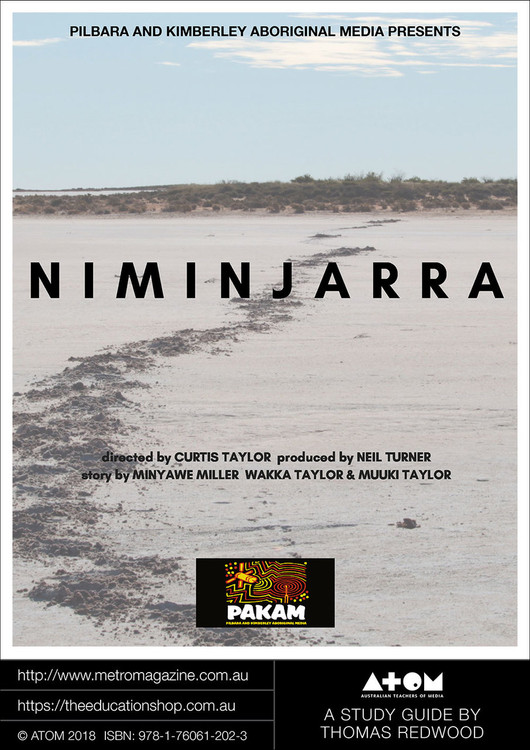When seriously ill teenager Milla falls madly in love with smalltime drug dealer Moses, it's her parents' worst nightmare. But as Milla's first brush with love brings her a new lust for life, things get messy and traditional morals go out the window. Milla soon shows everyone in her orbit – her parents, Moses, a sensitive music teacher, a budding child violinist, and a disarmingly honest, pregnant neighbour – how to live like you have nothing to lose. What might have been a disaster for the Finlay family instead leads to letting go and finding grace in the glorious chaos of life. Babyteeth joyously explores how good it is not to be dead yet and how far we will go for love.
Curriculum Links:
Babyteeth looks at the nature of love in the face of death, and the impact of romantic and family love on the process of dying. It offers an opportunity to explore ideas and attitudes surrounding terminal illness, mortality and end of life choices, and enables discussion of how individuals and families deal with grief.
The film is recommended for senior secondary school students and is relevant to the teaching of English and Media Arts and curriculum. It can also be used as a resource to address the Australian Curriculum General Capability – Ethical Understanding, given the opportunities it provides for students to reflect on the nature of drug use and assisted dying.
In the context of senior English, the film can be used to develop a range of skills and concepts to help students appreciate the stylistic qualities and conventions of imaginative fiction texts, and how these features influence meaning and shape audience responses. [Specific curriculum points included are listed in this study guide].
In Media Arts, students can study Babyteeth to extend their understanding of structure, intent, character, settings, points of view, genre and conventions of media texts. Students consider and evaluate the techniques, codes and conventions used to create and challenge representations and consider how cultural contexts contribute to audience values and interpretation of media work.
The activities featured in this study guide promote student engagement and active participation via individual reflection, class discussions, and small group work. A range of activities is provided to allow teachers to select those that will best suit the desired outcomes of the subject and the needs of the students.
Teachers should watch this film before deciding to show it to students. It contains sex scenes and drug references, and revolves around the theme of terminal illness, which may raise issues among students. Sensitive pre-viewing discussions may be necessary.
 Quick Shop
Quick Shop